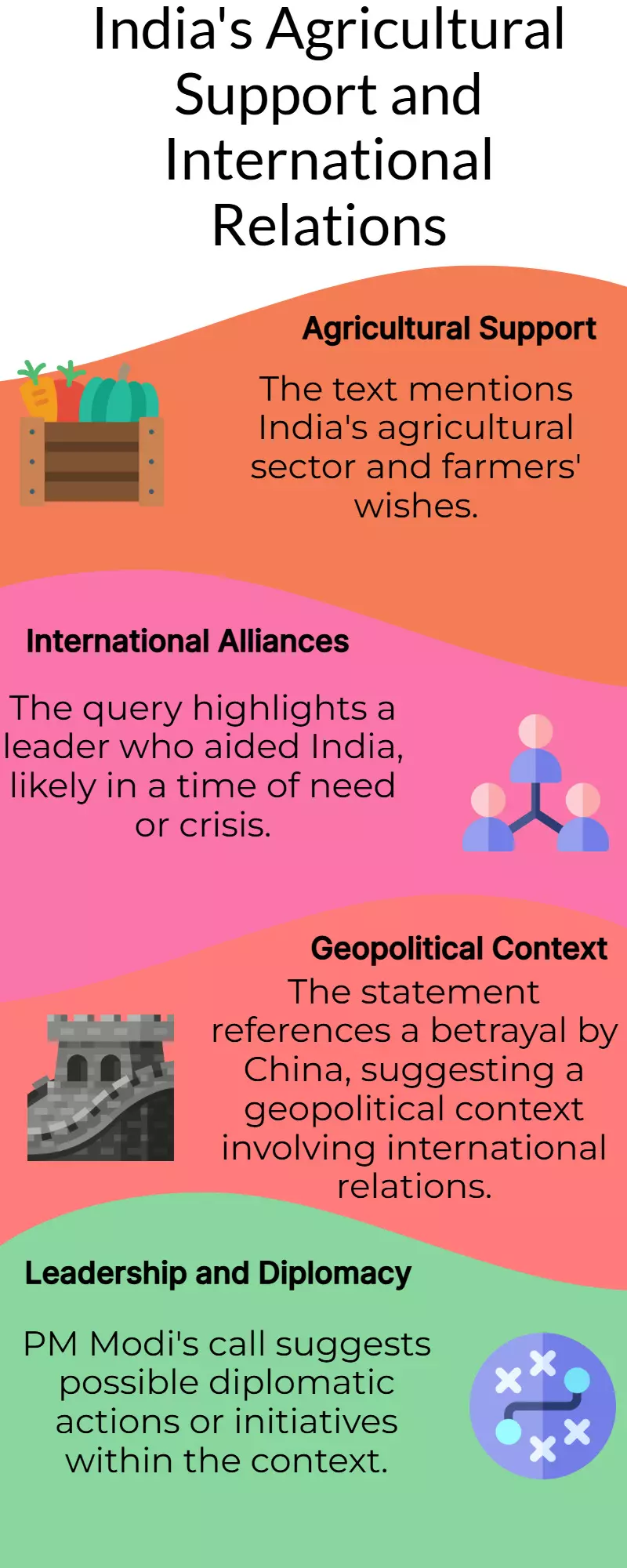After PM Modi's call, this leader aided India when China betrayed, fulfilling Indian farmers' wishes.

By : Sandhya
China Curtails Fertilizer Exports to India; Russia Steps In to Help Amid Soaring Prices
India has long shared a complex relationship with China — whether at the borders or in business. The latest strain in this dynamic comes from a surprising front: fertilizers. Amid a global surge in fertilizer prices, China has quietly restricted the supply of crucial agricultural inputs to India, potentially jeopardizing the nation’s farming sector.
How Has China Impacted India’s Fertilizer Supply?
China, a major supplier of Di-Ammonium Phosphate (DAP) to India, has recently begun delaying inspections and limiting shipments of fertilizers bound for Indian ports. While no official ban has been declared, these moves have effectively slowed down exports, leading to a sharp spike in global DAP prices—from $630 per tonne to $800 per tonne.
In India, DAP is sold at a government-subsidized price of ₹1,350 per 50 kg, but due to reduced imports, open market prices have surged, putting immense pressure on the government subsidy burden.
Russia Steps In as China Steps Back
As China pulled back, Russia came to India’s aid. Russian President Vladimir Putin recently confirmed that a request for fertilizers came directly from India’s top leadership, prompting Russia to quadruple its fertilizer exports to India.
Putin made this revelation during a meeting with Andrei Guryev, President of the Russian Fertilizer Producers Association, underscoring the strategic cooperation between the two nations.
India Diversifies Fertilizer Sources
To secure its fertilizer needs, India has now diversified its import strategy, turning to Jordan and Russia instead of depending heavily on China. According to a report by Hindustan Times, the Kharif sowing season (June–July) requires the highest fertilizer input. In May alone, India needed 9.4 lakh tonnes of DAP, while only 18 lakh tonnes were available in stock — 42% less than the same period last year.
